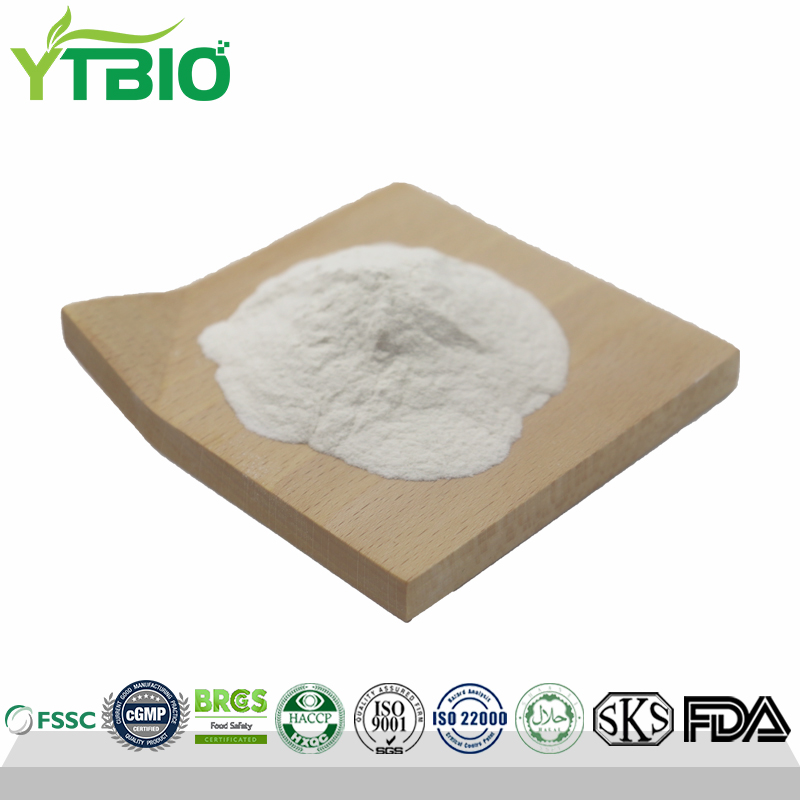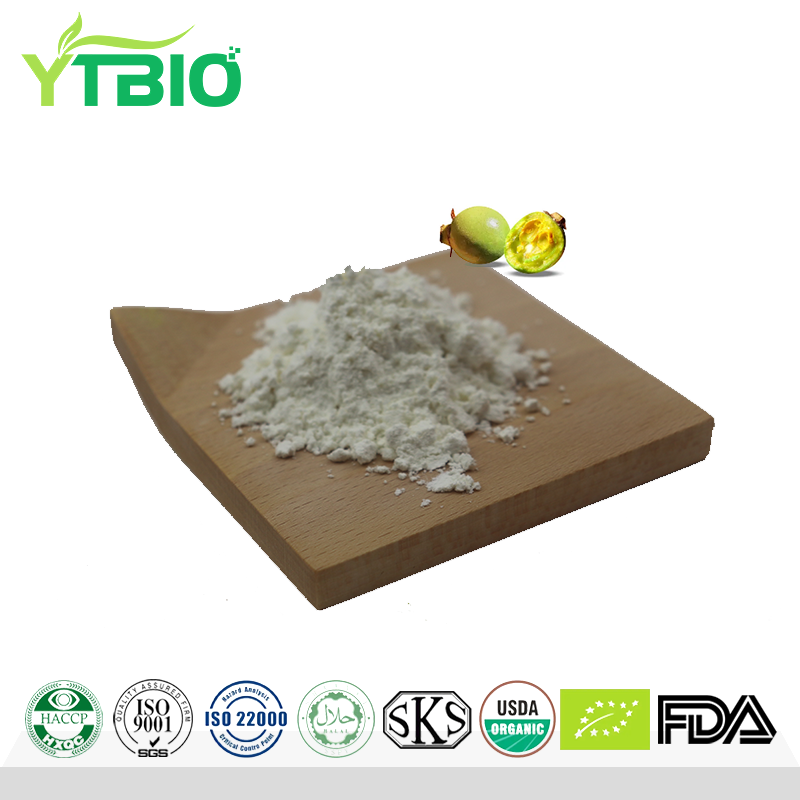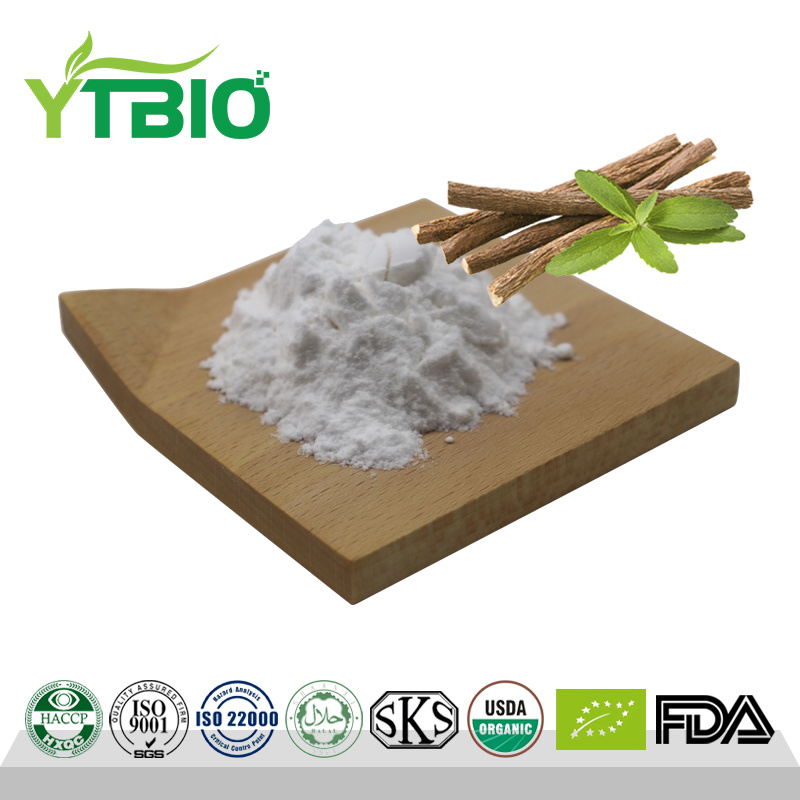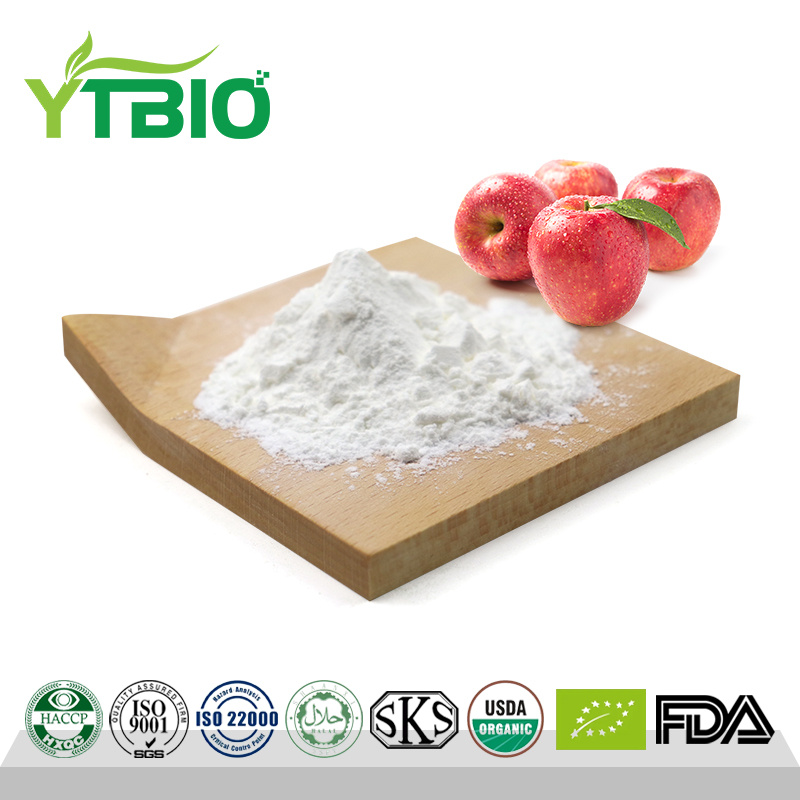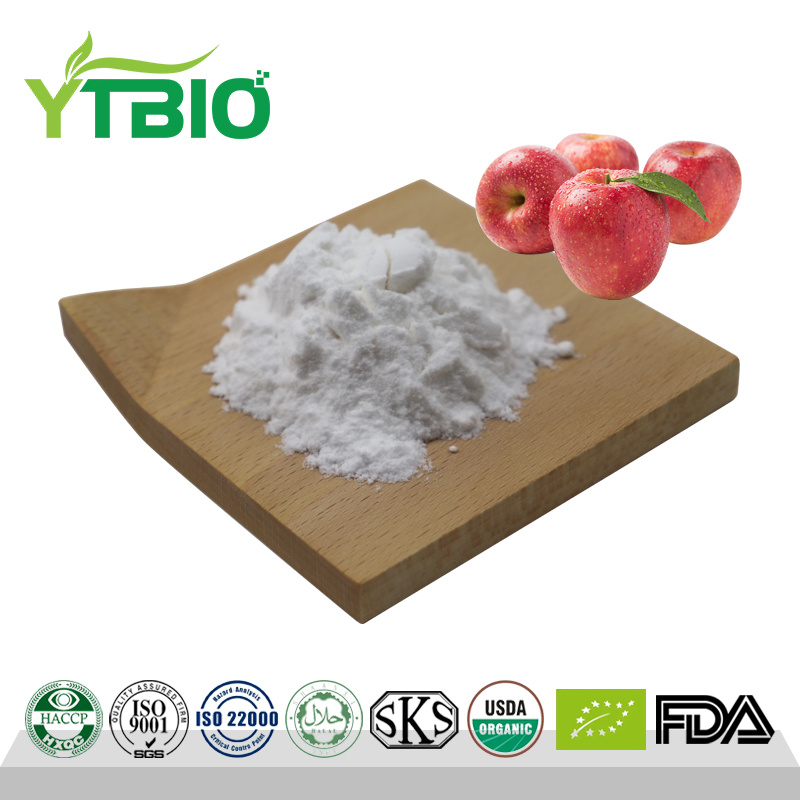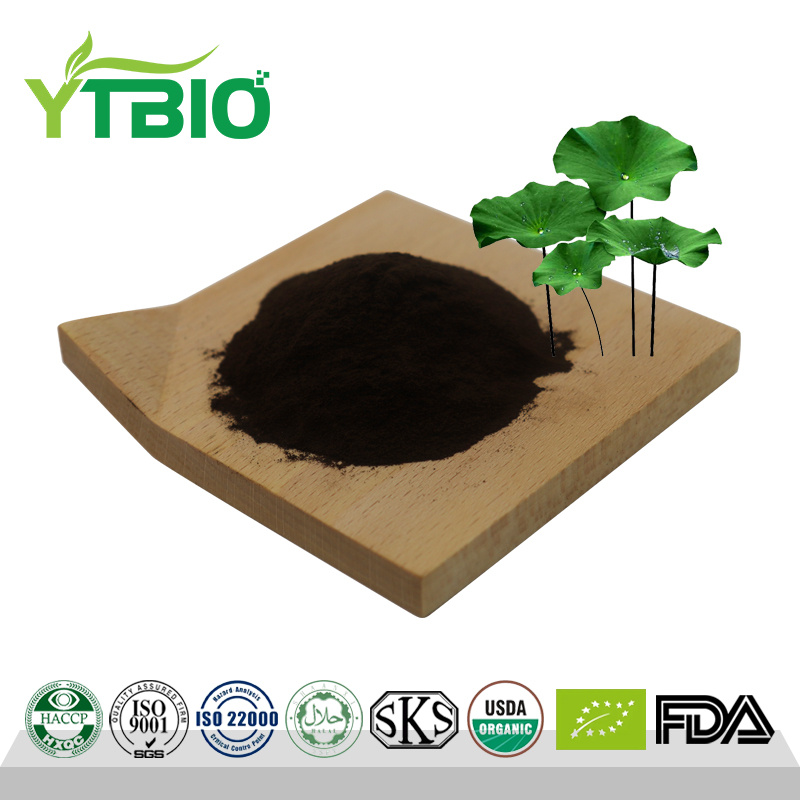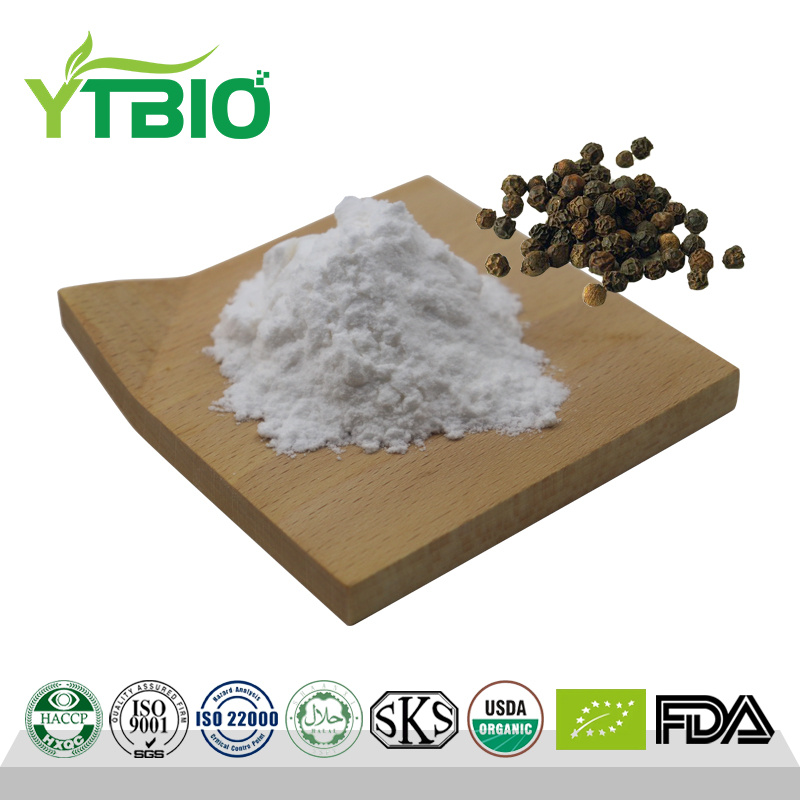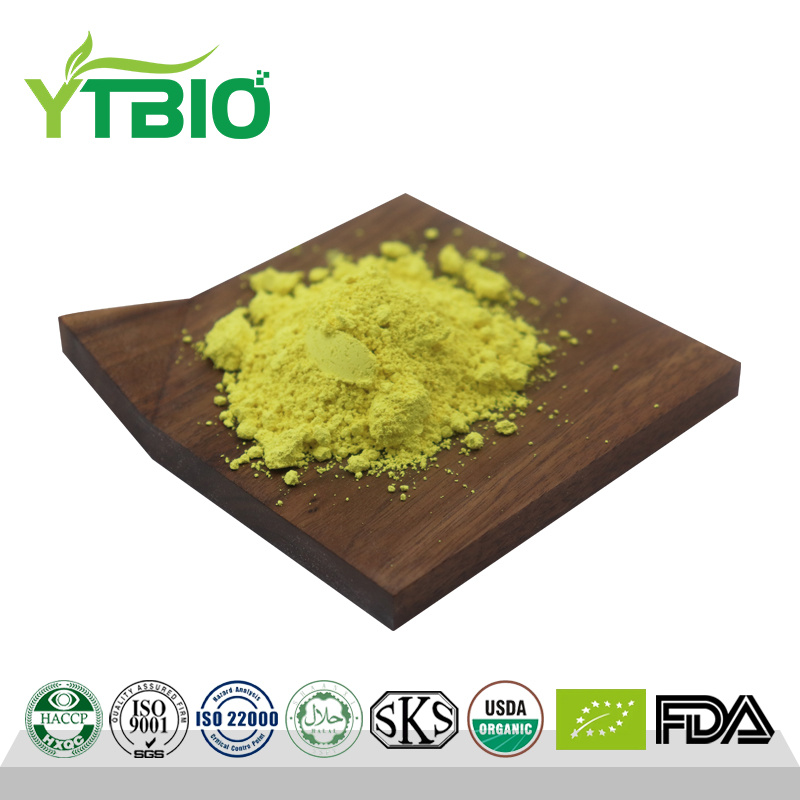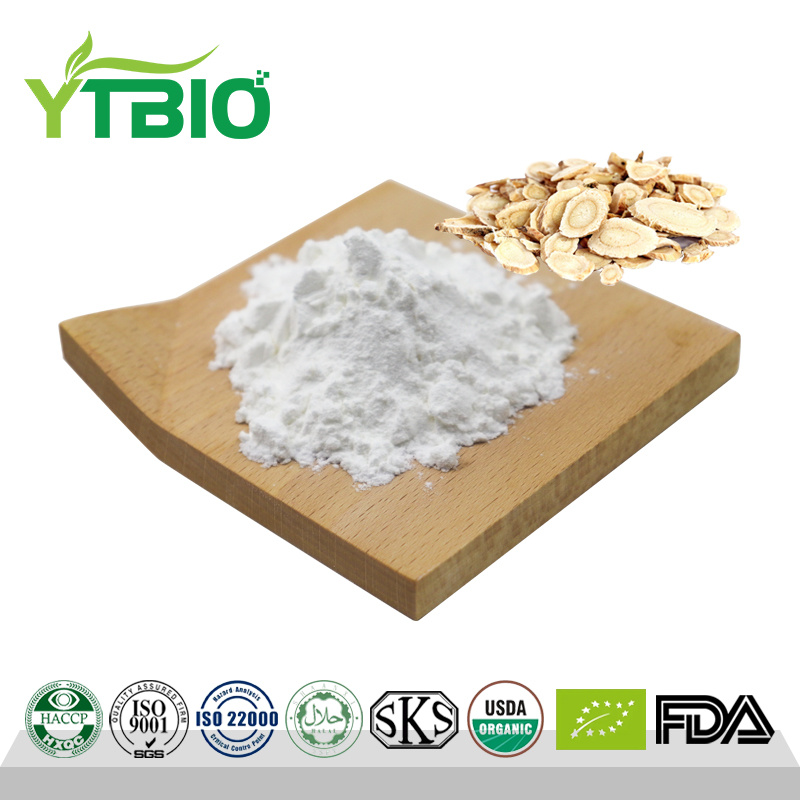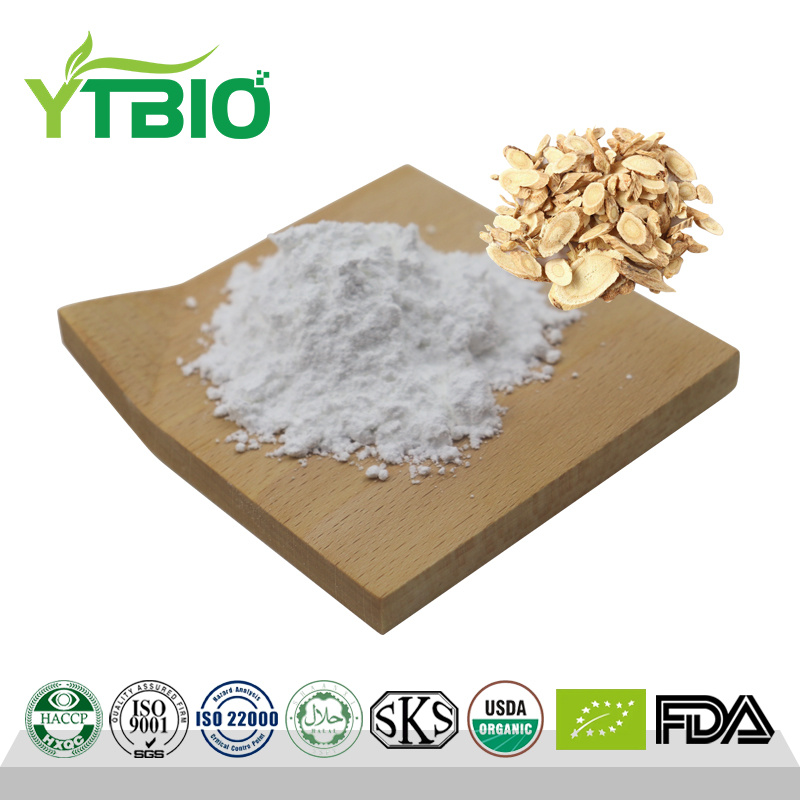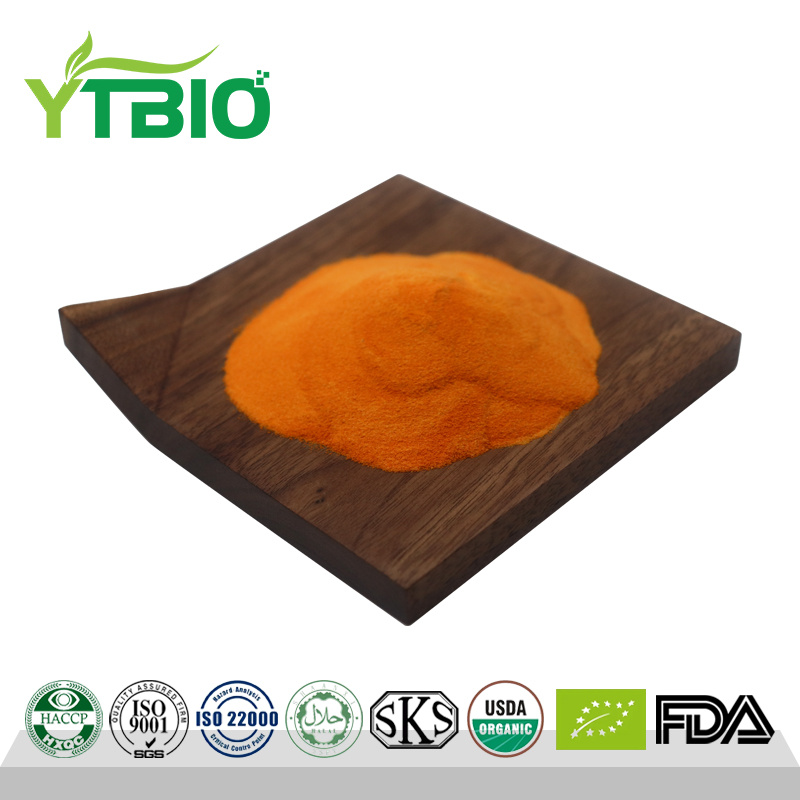Factory Supply Pure Beta Carotene Powder
What is beta-carotene?
β-Carotene is an orange-yellow, fat-soluble compound that belongs to the carotenoid family. It is a widely occurring and stable natural pigment found in nature. Its dilute solution appears orange-yellow and is easily soluble in organic solvents such as dichloromethane, chloroform, and carbon disulfide. As the concentration increases, the solution color changes from orange-yellow to orange and may even exhibit a slight reddish hue due to the influence of solvent polarity. β-Carotene is relatively sensitive to oxygen, heat, and light but remains stable in a weakly alkaline environment.
As an antioxidant, β-carotene has detoxifying properties and is an essential nutrient for maintaining human health. It plays a significant role in preventing cardiovascular diseases and cataracts, exhibiting strong antioxidative effects, helping to slow aging, and preventing various degenerative diseases.
Due to its unique properties, β-carotene is widely used in the food, feed, pharmaceutical, and cosmetics industries. The primary methods for obtaining β-carotene include natural extraction, chemical synthesis, and microbial fermentation.

Benefits of β-Carotene
1. Antioxidant Activity
β-Carotene exhibits significant antioxidant properties, primarily through its ability to scavenge free radicals. Due to its multiple double bonds, it is easily oxidized under exposure to light, heat, oxygen, and free radical ions, thereby protecting the body from oxidative damage. Lipid peroxidation and free radical reactions in the body can lead to cellular dysfunction, aging, and disease. β-Carotene helps reduce lipid peroxidation, neutralize free radicals, and quench singlet oxygen, making it a subject of extensive research and interest.
2. Visual Health Benefits
β-Carotene plays a crucial role in maintaining healthy vision. Rod cells in the retina contain rhodopsin, which is responsible for night vision. Adequate β-carotene intake helps maintain normal rhodopsin levels, preventing night vision impairment caused by vitamin A deficiency while also reducing eye damage from strong light exposure. Additionally, it helps prevent and treat night blindness, dry eye syndrome, corneal ulcers, and keratomalacia.
3. Skin Tissue Protection
Vitamin A (VA) is essential for maintaining the integrity of epithelial tissues, and β-carotene can be converted into VA in the body. Thus, consuming an appropriate amount of β-carotene is crucial for maintaining the health of epithelial tissues in the skin, digestive tract, respiratory tract, and reproductive and urinary tracts. It helps prevent skin dryness, keratinization, sclerosis, and multiple keratosis-related skin conditions. Furthermore, β-carotene enhances cell membrane stability and is used to treat "solar dermatitis" caused by sun exposure.
4. Anti-Aging Effects
β-Carotene enhances red blood cell activity and neutralizes peroxidative free radicals, thereby slowing down the aging process. Peroxidative free radicals, often referred to as "cellular waste," accelerate aging, but β-carotene helps maintain a youthful state by eliminating these harmful compounds.
5. Resistance to Harsh Environments
Individuals frequently exposed to dark environments, intense light, high temperatures, deep water, or radiation—as well as those who spend extended periods watching television—can benefit from β-carotene supplementation, which helps strengthen the body's resistance to these adverse environmental conditions.
6. Effects on Brain Function
As an antioxidant, β-carotene positively impacts brain function. It enhances communication between brain cells, extends neuronal lifespan, and influences the processing of β-amyloid proteins through its conversion to vitamin A. This function is particularly significant, as abnormal β-amyloid processing is closely associated with the development of Alzheimer’s disease.
Applications
β-Carotene is one of the most widely distributed and stable natural pigments in nature. Due to its abundant agricultural sources and unique physiological and nutritional benefits, it was included in the United States Pharmacopeia (USP) as early as 1985 for use as a food additive and dietary supplement. Additionally, the Food and Agriculture Organization (FAO) and the World Health Organization (WHO) Joint Expert Committee on Food Additives have classified β-carotene as an "A-class excellent nutritional pigment", recommending its use. It has been approved for application in 52 countries and regions worldwide.
In China, β-carotene is primarily used as a natural pigment and nutritional fortifier in food products.

Extraction Process
Supercritical CO₂ extraction technology has been widely applied in the separation and extraction of various carotenoids. β-Carotene has been extracted from microalgae (Scenedesmus almeriensis) under the following process conditions: extraction pressure of 40 MPa, extraction temperature of 60°C, CO₂ flow rate of 1 g/min, and extraction time of 5 hours, resulting in a β-carotene yield of 1.5 mg/g dry weight. Since the solubility of β-carotene in CO₂ is limited, an appropriate entrainer must be selected to improve the yield after pretreatment.
In addition to supercritical CO₂ extraction, several novel extraction methods have been developed, including:
1. Ultrasound-Assisted Extraction (UAE):
This method involves repeated extraction of microalgae using petroleum ether-acetone, methanol-acetone, or tetrahydrofuran, with ultrasound assistance to extract all-trans β-carotene effectively.
2. Microwave-Assisted Extraction (MAE):
Under microwave conditions, an appropriate solvent is used to extract β-carotene from microalgae or other raw materials. This method offers higher yield and shorter extraction time compared to Soxhlet extraction. However, the rapid heating rate of microwaves may negatively affect the structure and yield of the final product.
3. Enzyme-Assisted Extraction (EAE):
This method utilizes pectinase and cellulase to break down cell walls and membranes, reducing the need for organic solvents, saving production time, and enhancing extraction efficiency. However, it is essential to consider the enzyme activity limitations in organic solvents to optimize extraction conditions.


